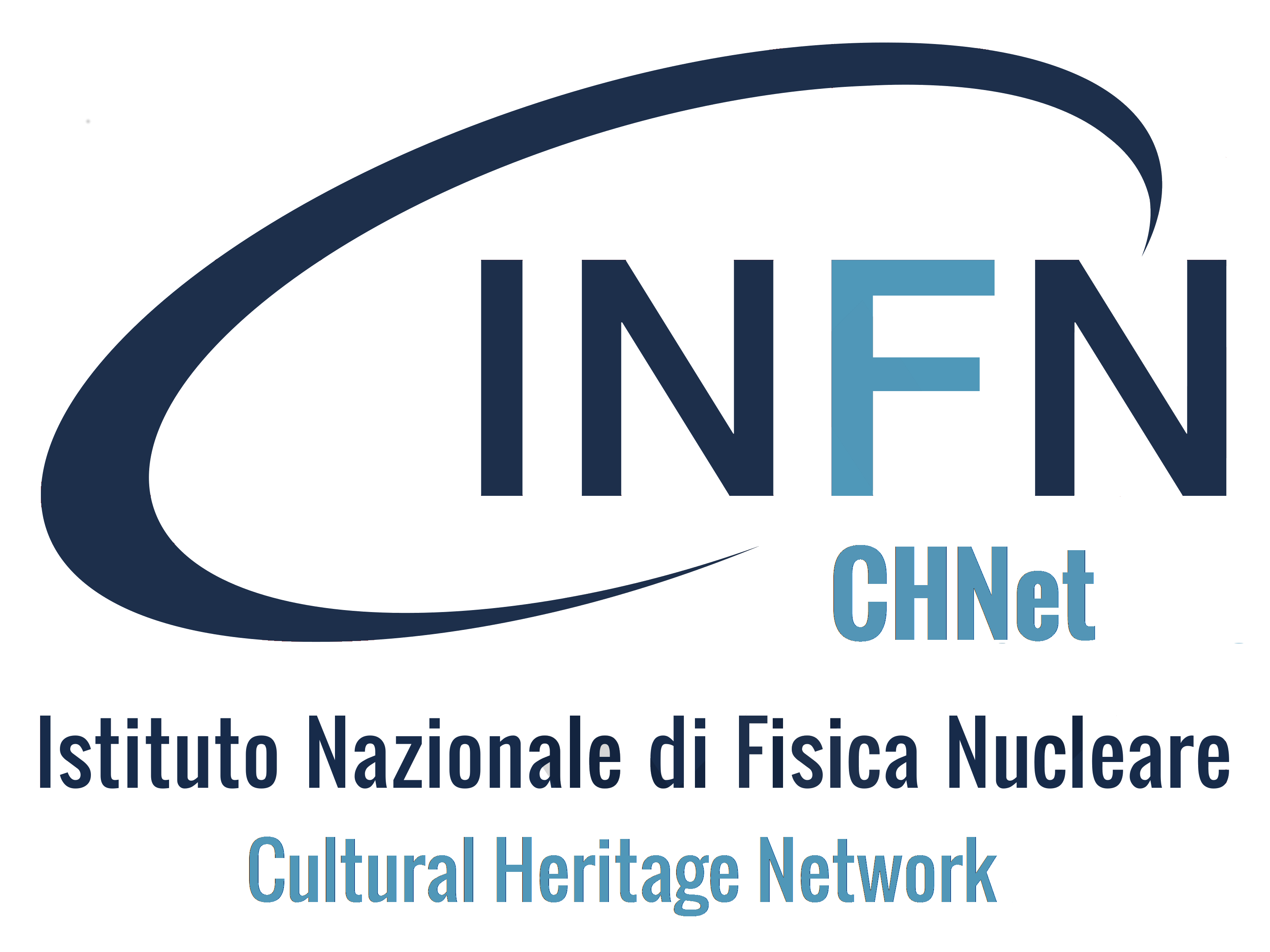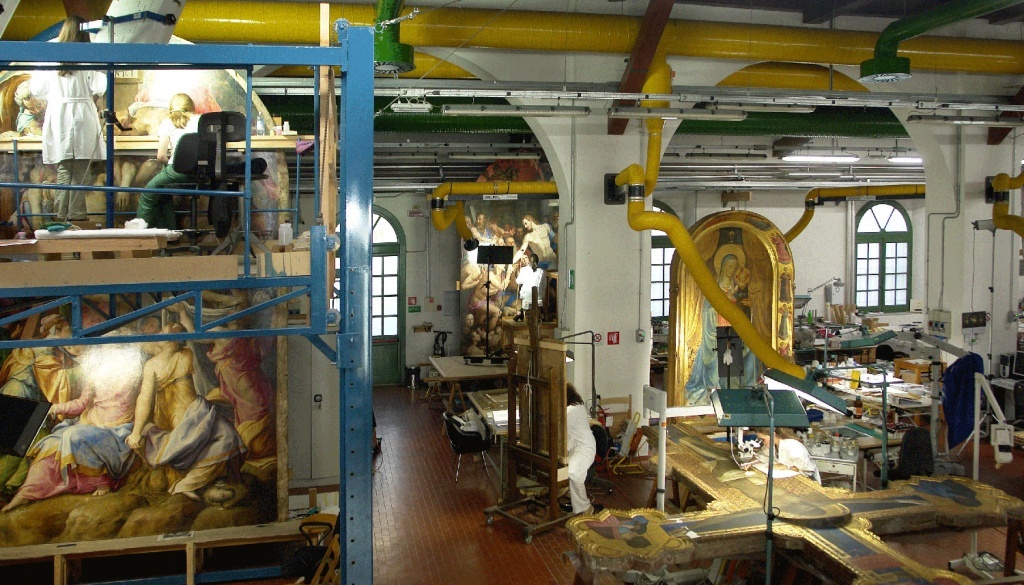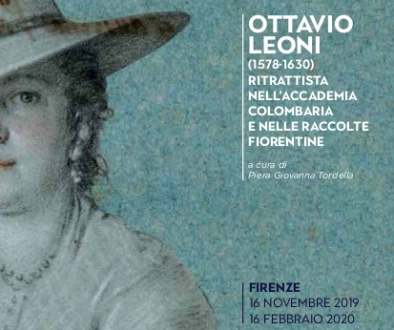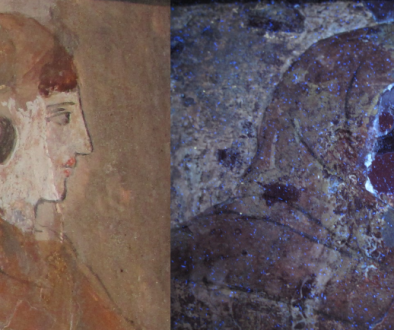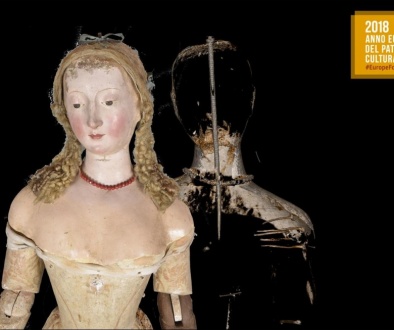Small and powerful: this is MACHINA, the new movable accelerator devoted to cultural heritage
Installed at the Opificio delle Pietre Dure in Florence, it will help in the non-invasive study of works of art and archaeological finds.
The project has been funded with 1,7 millions of euros and benefits from the collaboration of INFN and CERN.
A new-generation particle accelerator born by the collaboration between the INFN-CHNet network and the CERN, completely devoted to Cultural Heritage applications. This is the goal of the project MACHINA (Movable Accelerator for Cultural Heritage In-situ Non-destructive Analysis), aiming at the realization of a movable accelerator to be installed in the laboratories of the Opificio delle Pietre Dure (OPD) in Florence. This machine will exploit the High frequency radiofrequency quadrupole (HF-RFQ) technology, developed at CERN for biomedical applications.
In the last years, the technological improvement in the diagnostic techniques applied to the study of cultural heritage has led to an increasing demand for scientific support by art historians, archaeologists and restorers.
Thanks to the development of new portable instrumentation, more and more often the analyses are carried out “in-situ”, avoiding the delicate (and sometimes impossible) transportation of works of art. The drawback is often a worsening in performance, due to the reduced capabilities of portable instrumentation with respect to fixed one.
Hence the idea to build MACHINA, a new transportable accelerator (approx. 2 metres long and weighing 300 kg) fully dedicated to cultural heritage applications, which will be installed at the OPD and will be moved when necessary also in other European laboratories and museums, where large, immovable or fragile artworks are preserved.
The project will involve the INFN-CHNet network and will be a first step towards the realization of high-performance portable instrumentation.
